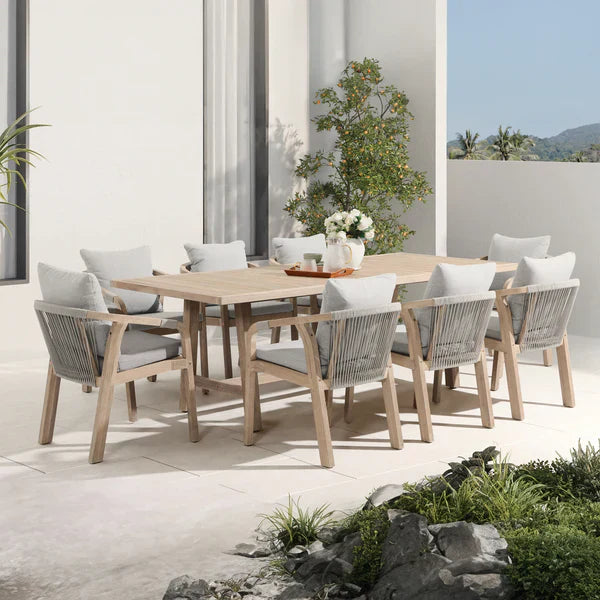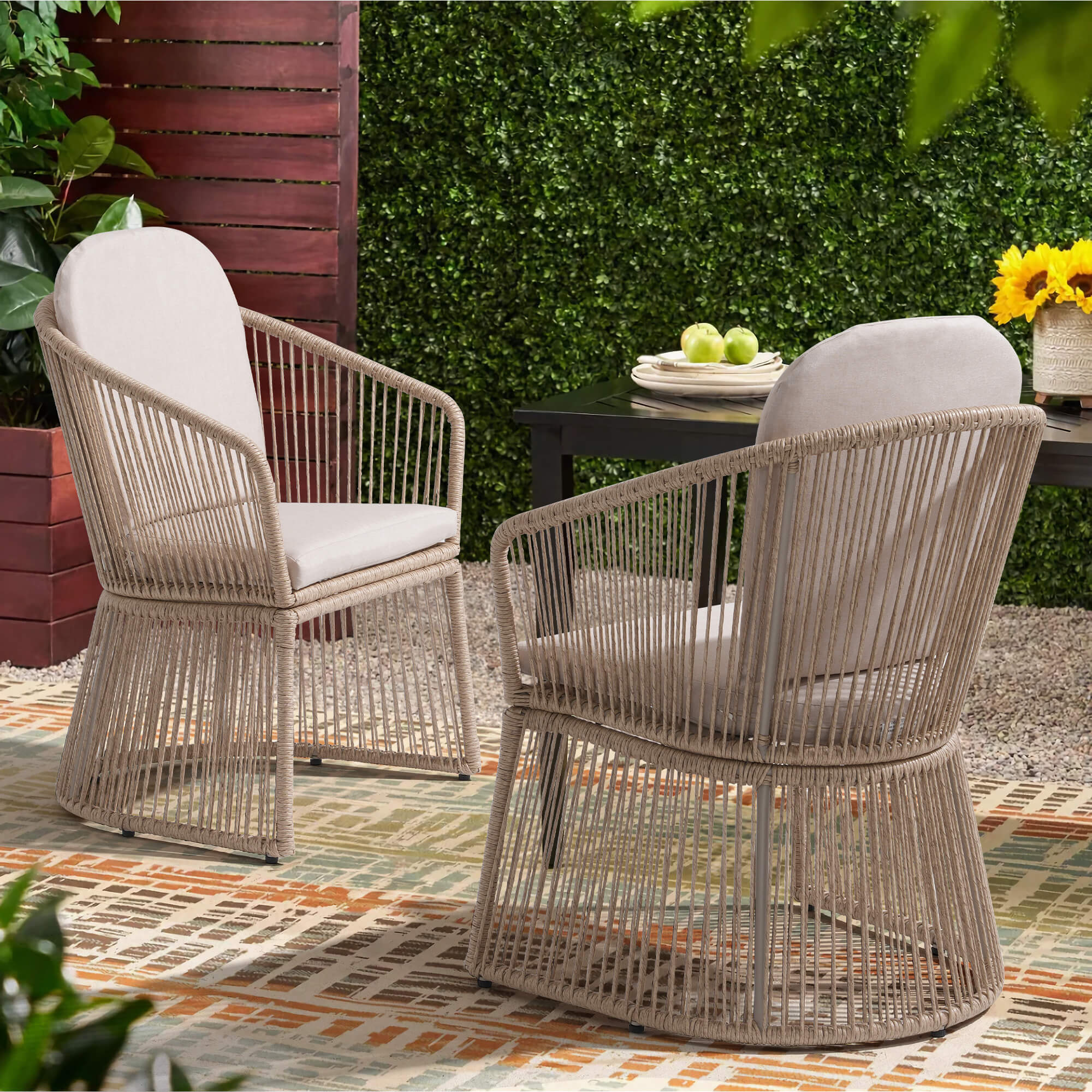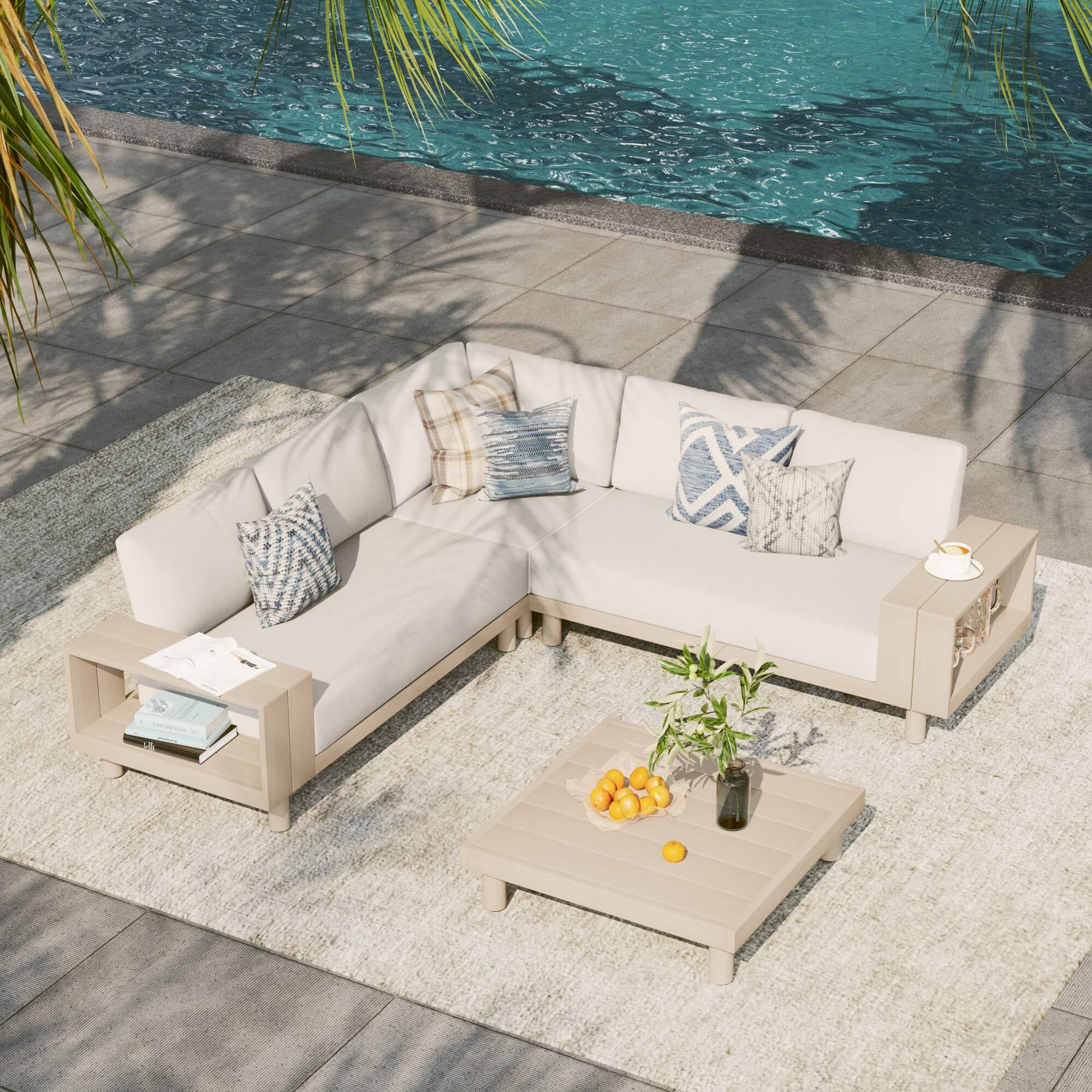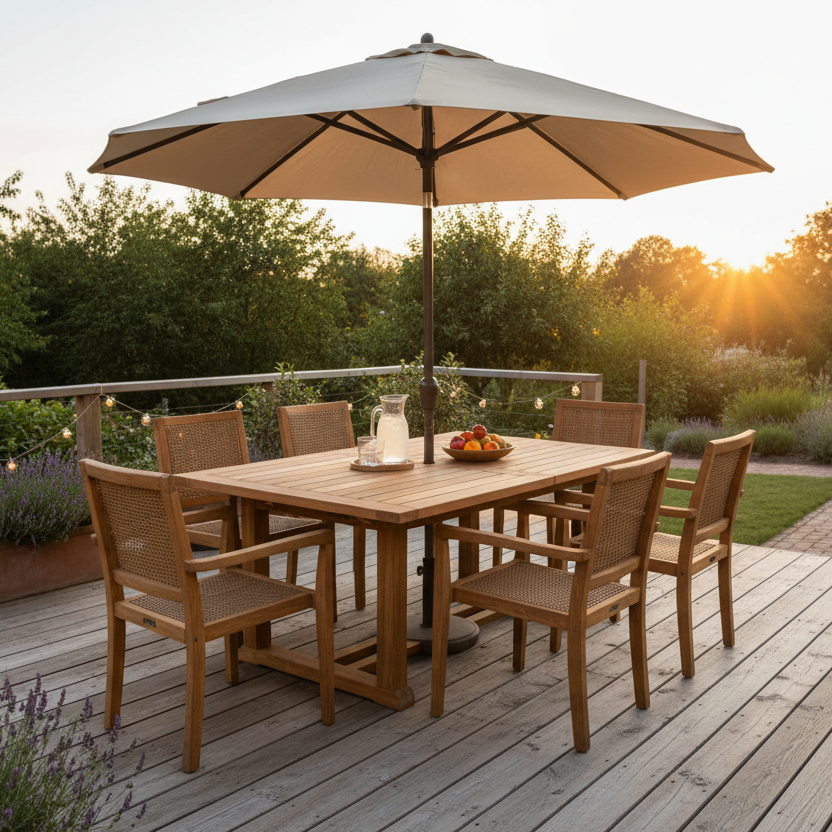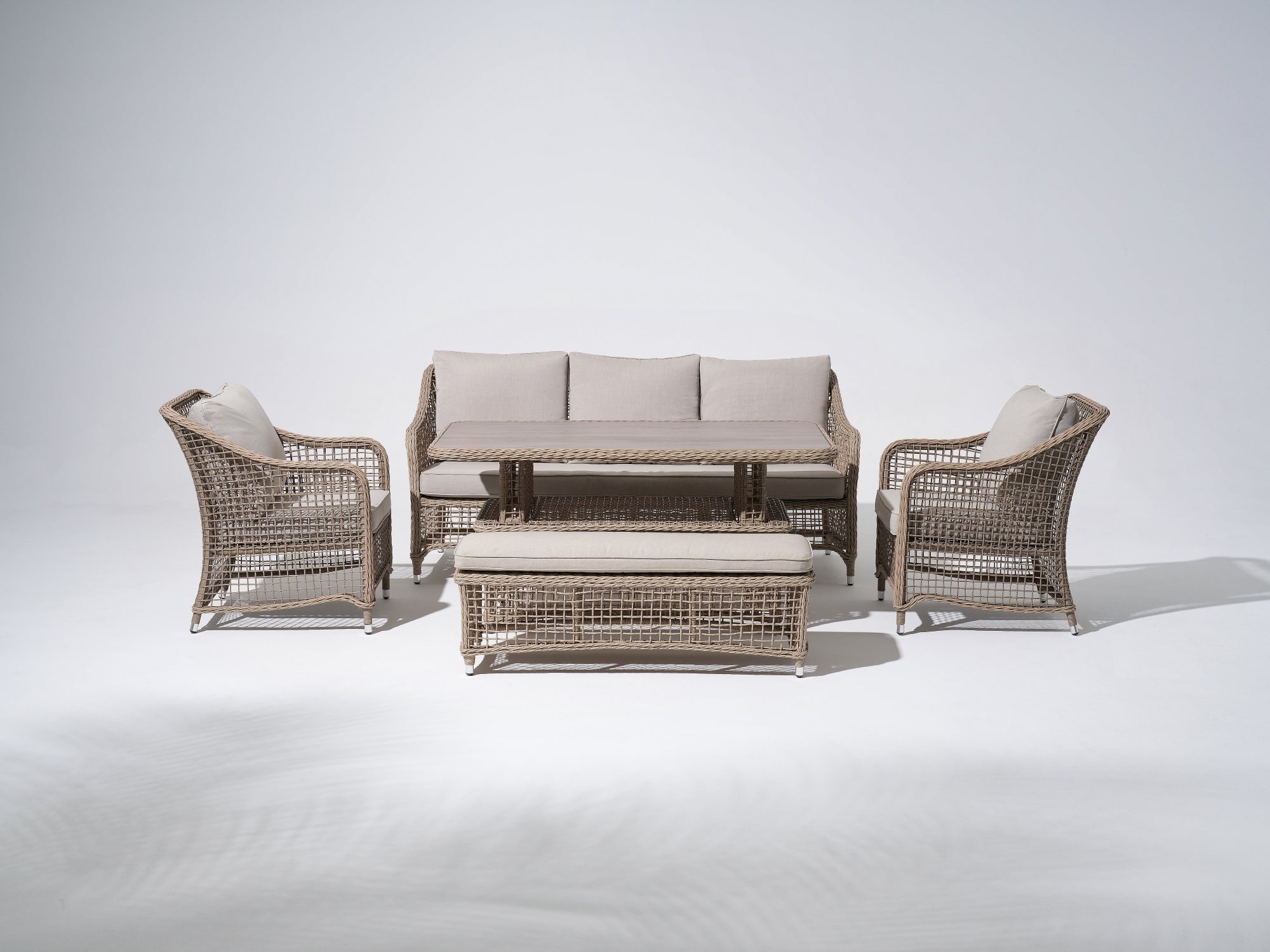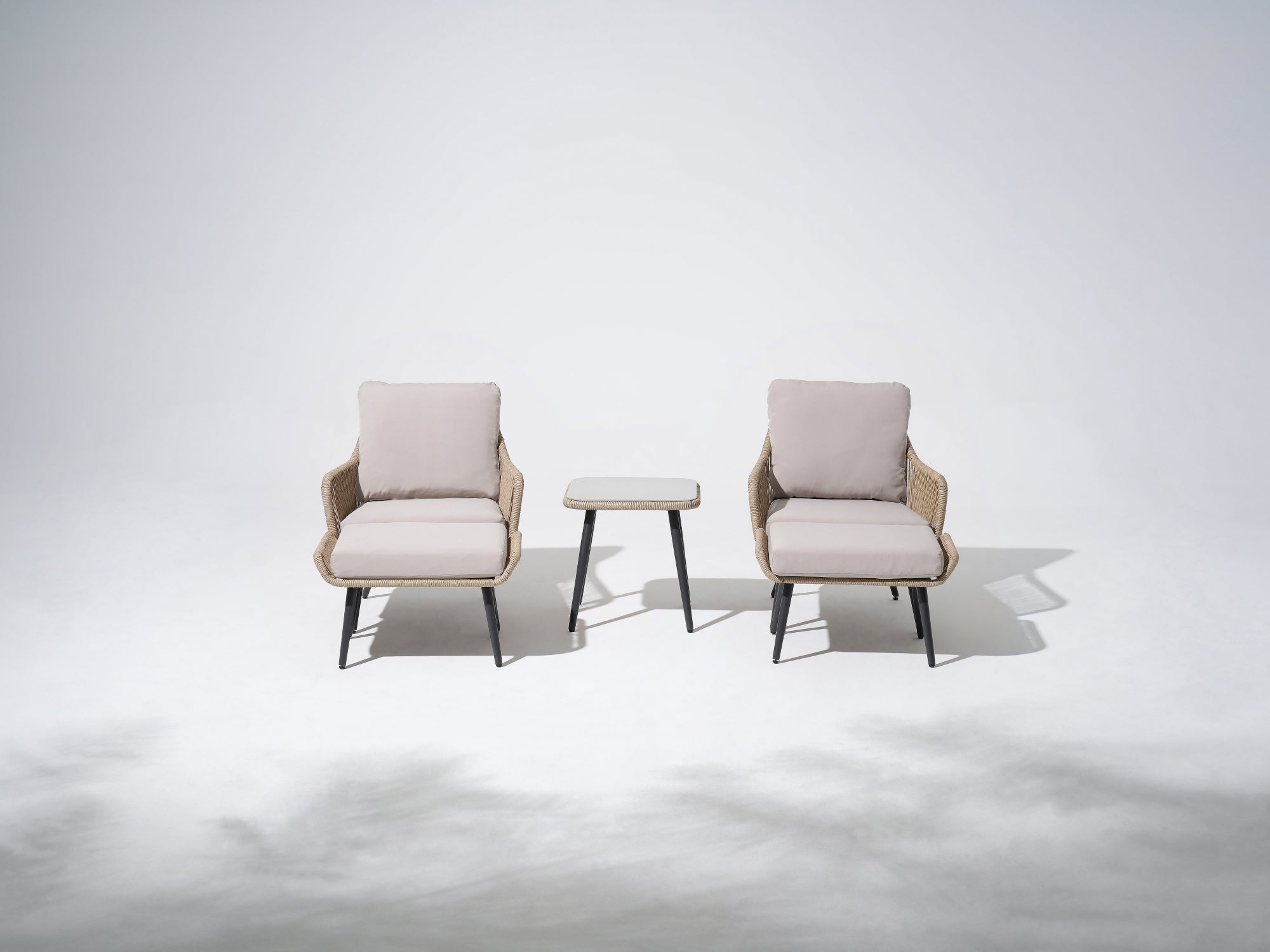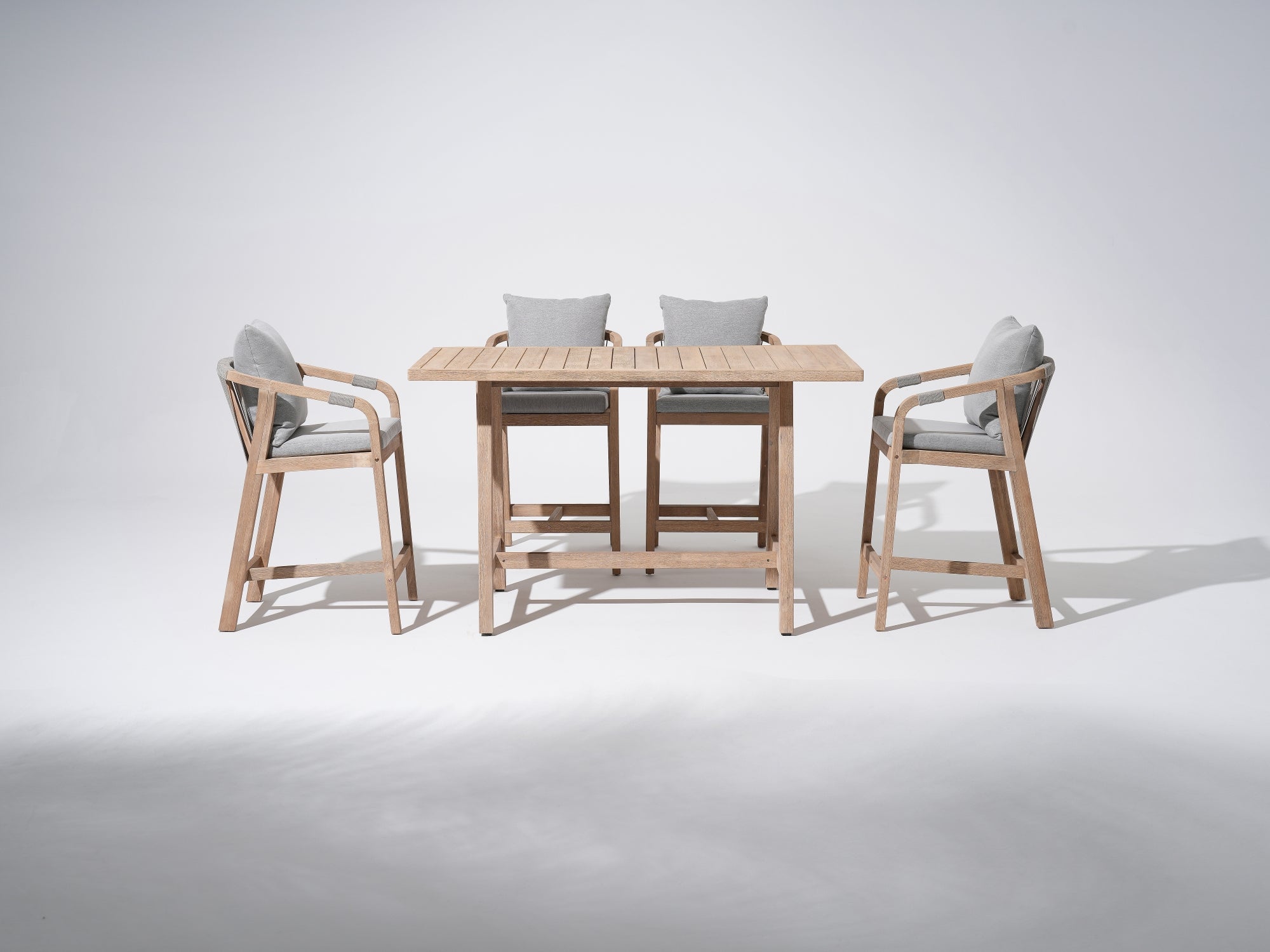When shopping for solid wood furniture, most of us envision durable, natural pieces that bring warmth and quality to our homes. However, navigating the market can sometimes feel like walking through a minefield of misleading terms and practices. Here, we unravel four common traps consumers fall into when buying "solid wood" furniture and offer tips to make informed choices.
1. The "Solid Wood Veneer" Illusion

At first glance, a piece may appear to be entirely crafted from solid wood. But upon closer inspection, you might discover that it's merely a veneer. This means a thin layer of real wood is glued onto a base made of cheaper materials, such as particleboard or medium-density fiberboard (MDF). Worse still, some manufacturers combine real wood for visible parts with composite materials for hidden areas to cut costs while maintaining the illusion of premium quality.
How to Avoid This:
- Ask explicitly if the furniture is made of 100% solid wood.
- Inspect the edges and undersides for consistent wood grain and texture.
- Look for certifications or detailed product descriptions.
2. Misleading Names
Product names can be deceptive, making it challenging to distinguish between genuine high-quality wood and alternatives. For instance:

- Thai Oak: Often a euphemism for rubberwood. While rubberwood has its merits, its lower-grade varieties may retain oils that cause unpleasant odors if not properly treated.

- Black Walnut vs. Walnut: Black walnut is a premium hardwood, whereas standard walnut may refer to different species with significantly lower prices.
How to Avoid This:
- Research the wood types and their origin before purchasing.
- Ask for clarification on the species and verify if the product matches the description.
3. Quality Grades Matter
Even within the same type of wood, there are significant quality variations based on grading. For example, North American oak is often graded as follows:
- FAS (First and Seconds): Premium grade with wide, clear planks free from knots or insect damage.
- #1 Common: Narrower planks with occasional small defects.
- #2 Common: Lower quality with visible knots and inconsistencies.

How to Avoid This:
- Request details on the wood grade.
- If possible, examine the wood for knots, cracks, or other imperfections that might affect durability and appearance.
4. Imitation Hardwood: Painted Illusions

(Elm paint)
One of the oldest tricks in the book is painting ordinary wood with red lacquer to mimic expensive hardwoods like mahogany or rosewood. While the vibrant color may initially attract you, the underlying material might be far less valuable.
How to Avoid This:
- Test the material by examining an unpainted portion or requesting a sample.
- Learn to identify authentic hardwood textures and patterns.

The world of solid wood furniture is rich and varied, but it requires a discerning eye to separate quality craftsmanship from clever marketing. By understanding these common pitfalls, you can ensure that your investment stands the test of time both aesthetically and structurally.
True solid wood furniture is a timeless treasure. With careful selection, it can become a cherished part of your home. If you have any doubts, consider purchasing your solid wood furniture from Jardina, a trusted brand. Learn more about us: https://jardina.com/pages/our-story


